On August 26, Dr. Duong Bich Thuy, Department of Infectious Diseases, FV Hospital, said that upon arriving at the hospital, patient N. showed signs of shock, rapid pulse, low blood pressure, rapid breathing, etc., so she was immediately transferred to the Intensive Care Unit (ICU).
Taking the medical history, the family said that the bite was not serious at first, but then it rained, the wound came into contact with water, causing inflammation. Within 4 days, the insect bite became swollen, spreading from the left ankle to the calf, up to the knee, then the left thigh and even up to the groin. Mr. N. has a history of diabetes.
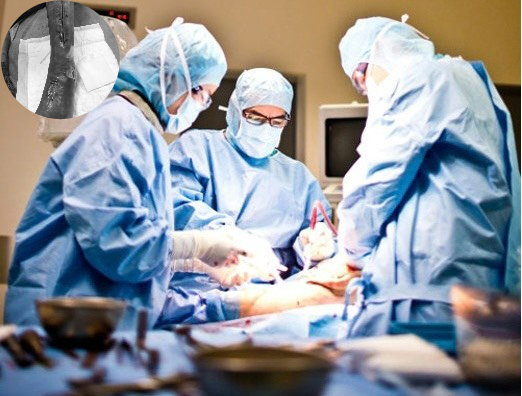
A man's foot with necrosis (inset) was surgically removed by surgeons
About 1 day after being admitted to the hospital, the Laboratory Department said that the pus culture of Mr. N.'s wound grew two types of bacteria: Streptococcus pyogenes and Stenotrophomonas maltophilia. Of these, Streptococcus pyogenes is a dangerous type of bacteria because it has the ability to release toxins into the blood, causing toxic shock, just as the doctors initially predicted.
Dr. Thuy said that this is a dangerous condition with a high mortality rate, which can be up to 70%. In Mr. N's case, toxic shock syndrome led to necrotizing fasciitis of the left leg and kidney failure. If not diagnosed and treated promptly, the patient may have to undergo amputation (loss of the leg) to save his life. According to world medical literature, necrotizing fasciitis of the lower leg is also the condition that leads to the most limb loss.
Underwent 3 surgeries to remove dead tissue
After an interdisciplinary consultation, the doctors agreed to prescribe surgery to remove dead tissue from the left leg, along with the use of appropriate antibiotics (which both kill bacteria and neutralize toxins secreted by bacteria). At the same time, the patient needed intensive resuscitation treatment in the hope of preserving his life and minimizing the risk of limb loss.
Doctor Truong Hoang Vinh Khiem, Department of Orthopedics and Traumatology, and his team urgently performed surgery on patient PNN. The patient had to undergo 3 surgeries to remove dead tissue.
After 3 weeks of infection treatment and intensive post-operative care, the wound had healed and Mr. N. was discharged from the hospital. The results of the re-examination showed that his health was stable and he could return to the US.
According to Dr. Thuy, people with underlying diseases such as diabetes, chronic liver disease, nephrotic syndrome, people who have to use immunosuppressive drugs such as Corticoids, people with HIV/AIDS... are at risk of serious infections from wounds and skin lesions, even small ones.
"Therefore, you should not use folk remedies such as applying leaves, hot compresses, or acupuncture, but should go to a medical facility for proper care and timely treatment. If not treated properly, the wound can easily become infected with bacteria, which can lead to complications such as cellulitis, blood infection, septic shock, and toxic shock, with a high risk of death within a few days or even hours," Dr. Thuy advised.
Source link





![[Photo] "Beauties" participate in the parade rehearsal at Bien Hoa airport](https://vstatic.vietnam.vn/vietnam/resource/IMAGE/2025/4/11/155502af3384431e918de0e2e585d13a)

![[Photo] Looking back at the impressive moments of the Vietnamese rescue team in Myanmar](https://vstatic.vietnam.vn/vietnam/resource/IMAGE/2025/4/11/5623ca902a934e19b604c718265249d0)



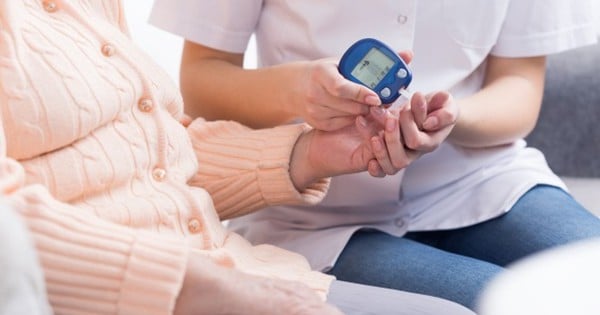




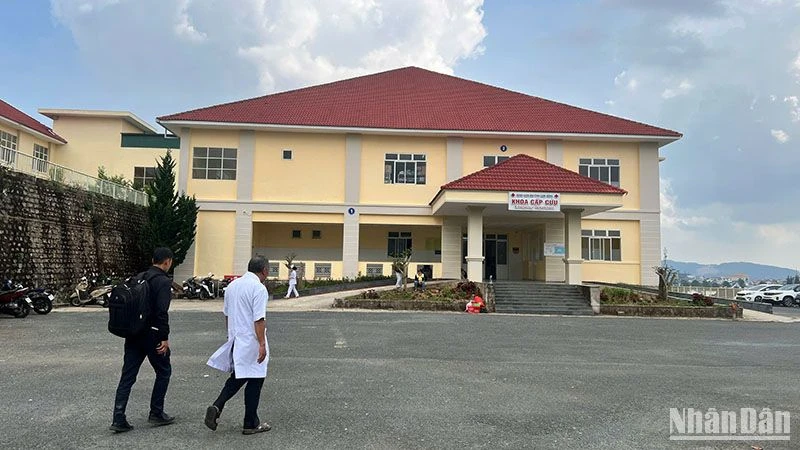






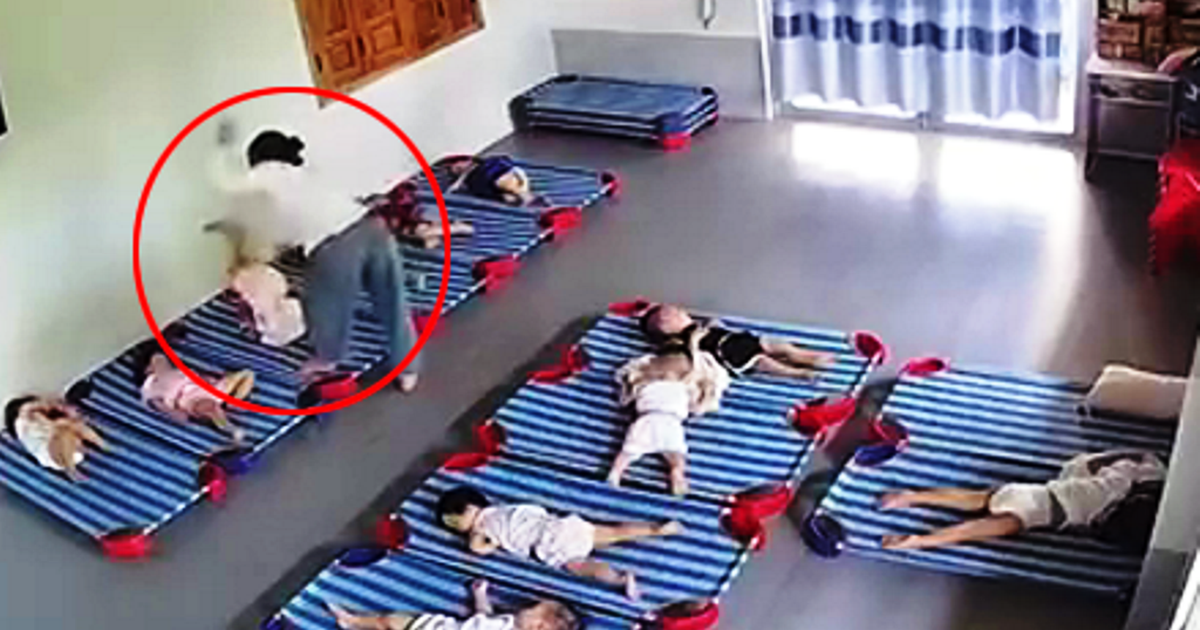

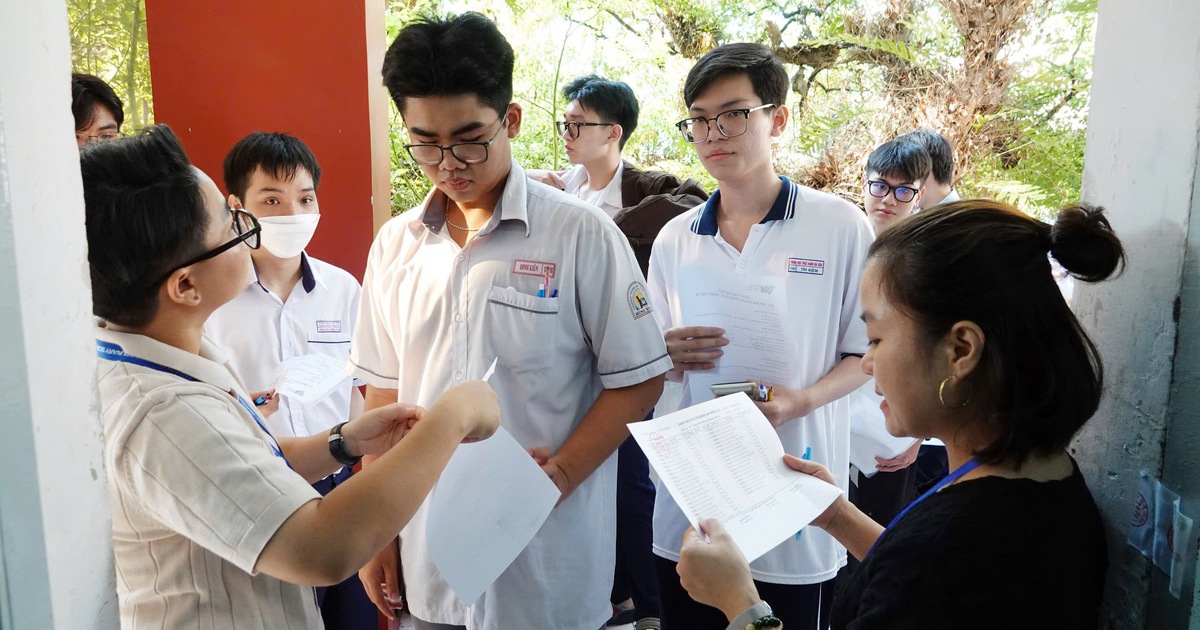




![[Photo] Summary of parade practice in preparation for the April 30th celebration](https://vstatic.vietnam.vn/vietnam/resource/IMAGE/2025/4/11/78cfee0f2cc045b387ff1a4362b5950f)





























































Comment (0)